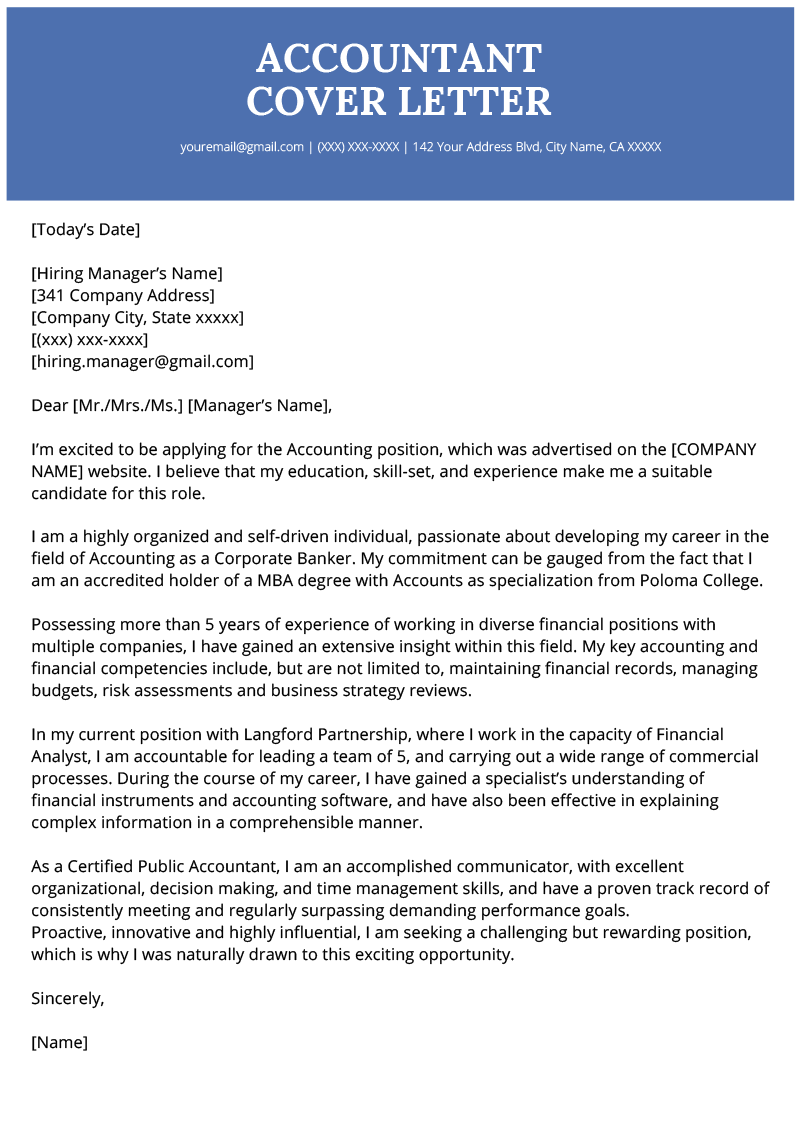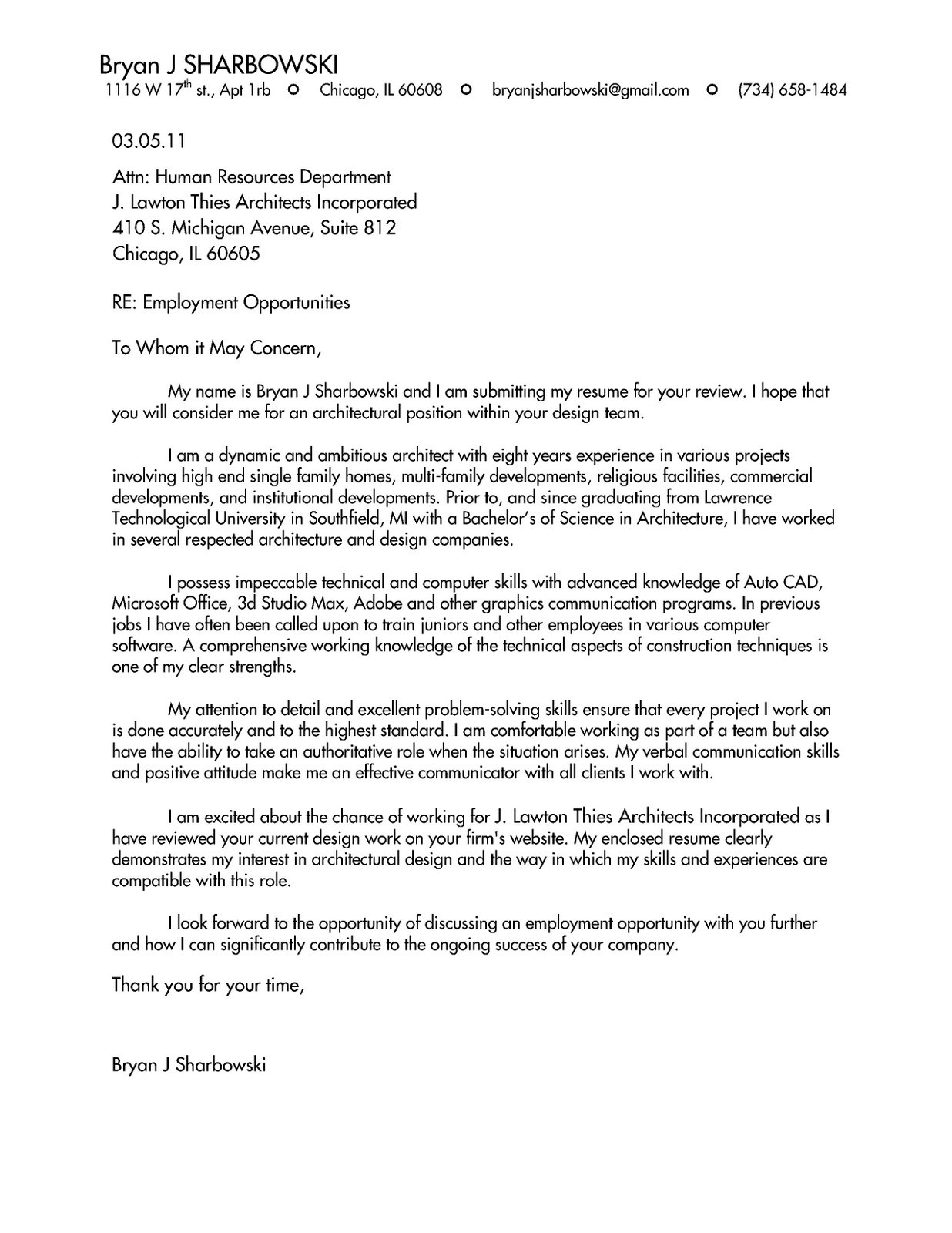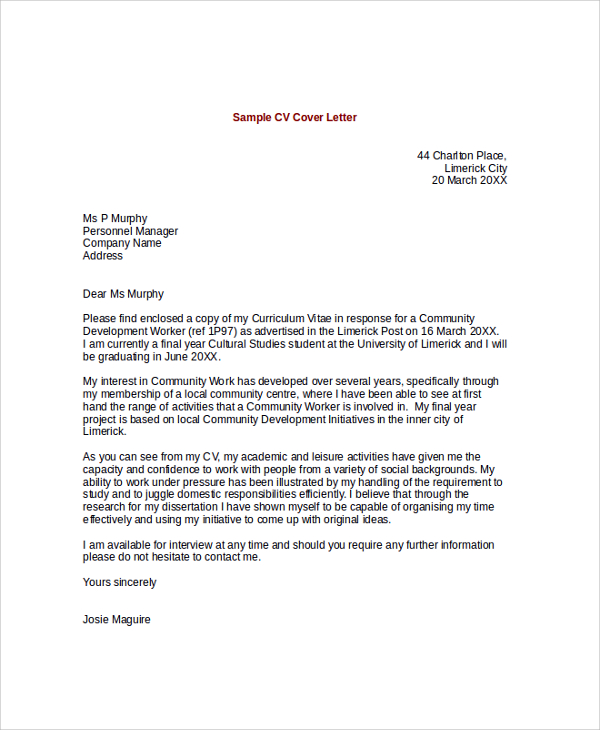

Type each letter individually, or use a word processor.Virginia Beach, VA: Impact Publications, 1982. Have I spent sufficient time drafting, revising, and proofreading the letter?.
#Sample cover letter professional#
Is the letter my best professional effort?.What closing sentence or paragraph will best assure the reader of my capabilities and persuade him or her to contact me for further information?.If a resume is enclosed with the letter, how can I best make the letter advertise the resume?.What evidence can I present of my value to my audience?.How can I maintain and heighten the interest and desire of the reader throughout the letter?.What opening sentence and paragraph will grab the attention of my audience in a positive manner and invite them to read further?.What specific benefits can I offer to my audience and how can I best express them?.How can I best express my objective in relationship to my audience’s objectives and needs?.What are the objectives and needs of my audience?.

Thank the reader for his/her consideration and indicate that you are looking forward to hearing from him/her. Indicate what supplementary material is being sent under separate cover and offer to provide additional information (a portfolio, a writing sample, a sample publication, a dossier, an audition tape), and explain how it can be obtained. Politely request an interview at the employer’s convenience. (Your letter should complement, not restate, your resume.) Closing paragraph Show how your education and experience suit the requirements of the position, and, by elaborating on a few points from your resume, explain what you could contribute to the organization. Highlight a few of the most salient points from your enclosed resume.Īrouse your reader’s curiosity by mentioning points that are likely to be important for the position you are seeking. Opening ParagraphĮstablish a point of contact (advertisement in a specific place for a specific position a particular person’s suggestion that you write): give some brief idea of who you are (a Senior engineering student at UW a recent Ph.D. Arrange the points in a logical sequence organize each paragraph around a main point.īelow is one possible way to arrange the content of your cover letter.For more information see Business Letter Format. Show some personality, but avoid hard-sell, gimmicky, or unorthodox letters.Use action verbs and the active voice convey confidence, optimism, and enthusiasm coupled with respect and professionalism. Write in a style that is mature but clear avoid long and intricate sentences and paragraphs avoid jargon.Demonstrate, if possible, some knowledge of the organization to which you are applying. As much as possible, tailor your letter to each job opportunity.Then try to match them in the letter in a way that will appeal to the employer’s self-interest. Assess the employer’s needs and your skills.Try to limit your letter to a single page.Thus, you will want to ask several people (if possible) who have had experience in obtaining jobs or in hiring in your field to critique a draft of your letter and to offer suggestions for revision.ĭespite the differences in what constitutes a good application letter, the suggestions on these pages apply generally.

The appropriate content, format, and tone for application letters vary according to the position and the personality of the applicant. Remember that the letter not only tells of your accomplishments but also reveals how effectively you can communicate. Precisely because this letter is your introduction to an employer and because first impressions count, you should take great care to write an impressive and effective letter. Such a letter introduces you, explains your purpose for writing, highlights a few of your experiences or skills, and requests an opportunity to meet personally with the potential employer. To be considered for almost any position, you will need to write a letter of application.


 0 kommentar(er)
0 kommentar(er)
